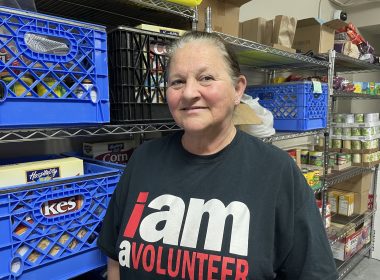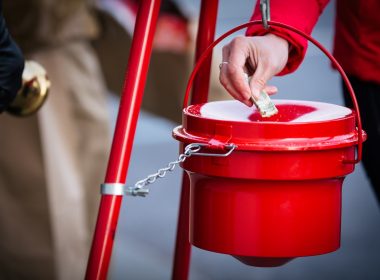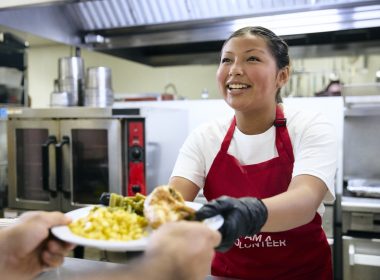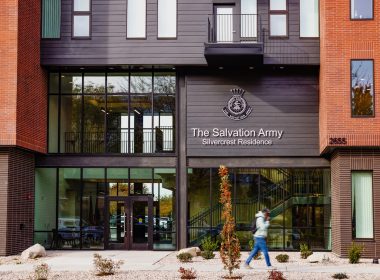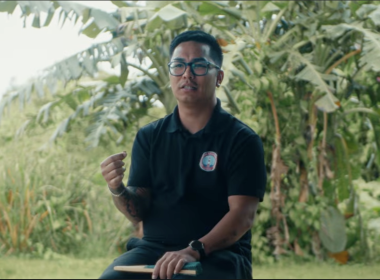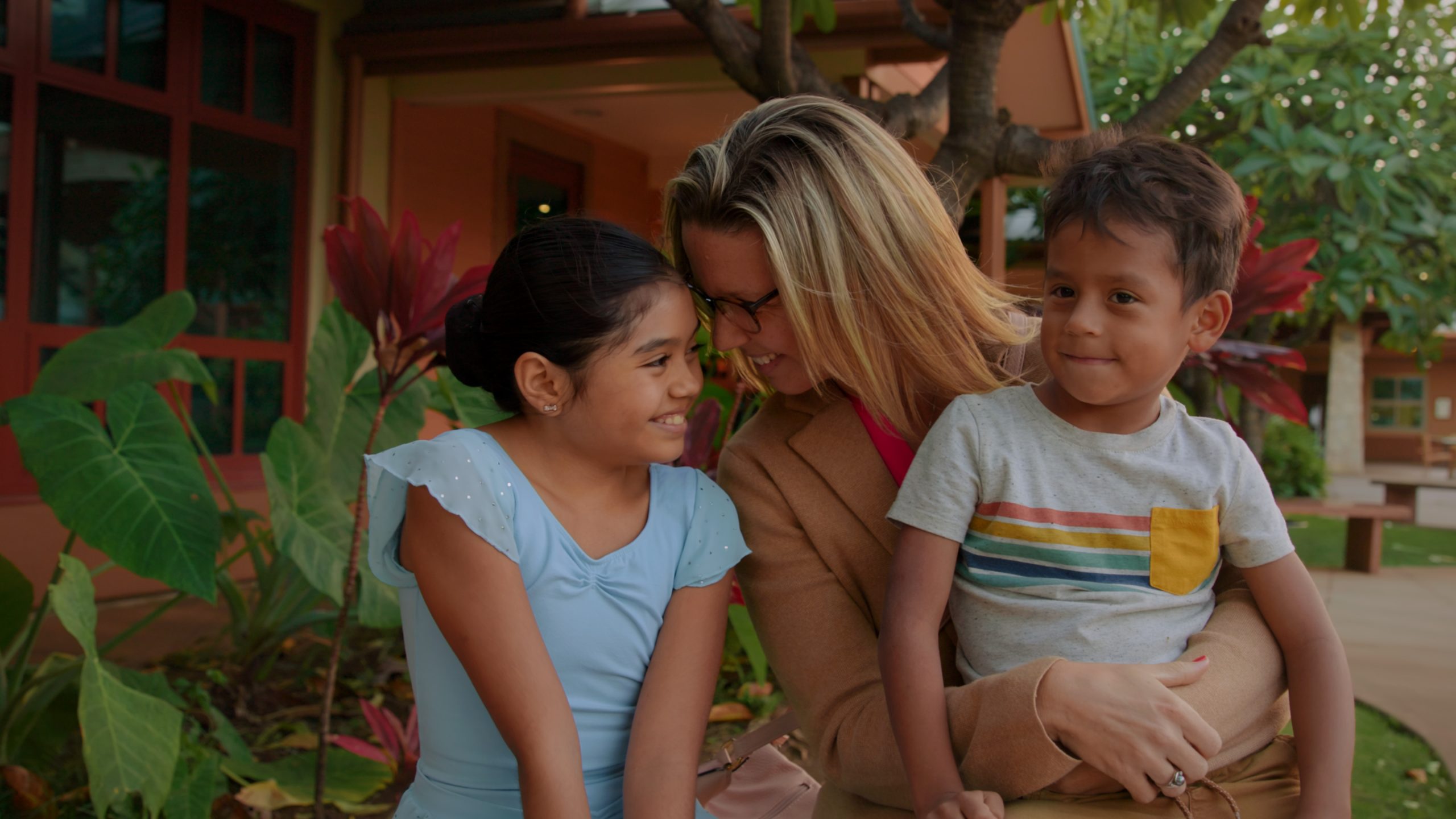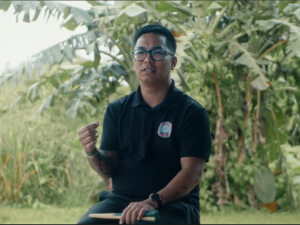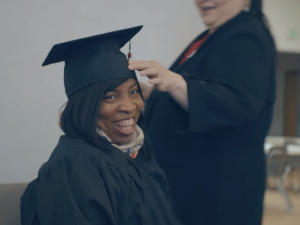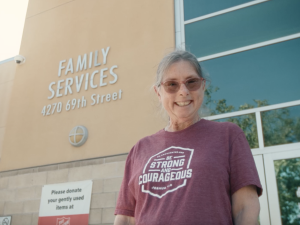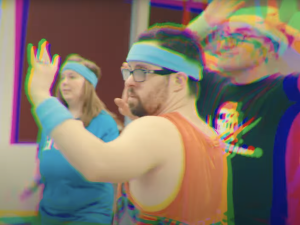The Kroc Dance Academy in Ewa Beach, Hawaii is making a way for dancers of all ages and abilities to reach their fullest potential. “It comes from the heart,” says Miss Alecia Hardt, Senior Artistic Director and Instructor at KDA.
The staff and instructors help students of all abilities by modifying their instruction to suit each student’s individual needs, but what makes the biggest difference in inspiring students is the instructor’s confidence in each student’s ability to succeed.
Students like Sara Fromille come to Kroc Dance Academy because they know that here they will not be treated differently and can do hard things.
Watch ‘Dancing from the Heart’ to see how the Kroc Dance Academy is inspiring everyone in their community.
Alecia Hardt, Artistic Director and Senior Instructor: My teaching philosophy is that dance is for everyone. I came here to the Kroc Center, and I met with the Lum’s. I told them about my child who does have autism, but that I wanted to create a program where she could dance and not be faced with any type of limits. And he looked at me and said, to hear you say that you can create a program for every child here at Kroc is something this community needs and wants.
Erika Balag, Creative Arts and Education Manager: So Kroc Center is a community center that we have in Ewa Beach, Hawaii. We have a pool, we have a gymnasium, we have a worship center. Kroc Dance Academy is a dance academy where we service children from three years old all the way up to 99. We have different genres like ballet, jazz, lyrical, contemporary, as well as hip hop.
Majors Osei and Lynn Stewart, Kroc Hawaii Corps Officers and Administrators: Kroc Dance Academy is amazing. Amazing. A special program that we just love. It’s very popular. That speaks to our instructors that we have. They’re willing to work with each individual, regardless of their skill set, to make them be excellent.
Alecia Hardt: In the same classroom, I am determined that I can create something for the kid who is the perfect prima ballerina and the kid that cannot even stand with turned out feet because it comes from the inside. Thank you, girls. Moms. They were fabulous, like I knew they would be. There were no cats. They were professionals. They’re the best. Sarah was adopted, so she came from Columbia, and she and her brother came to the family with significant issues.
Molly Fromille: Being adopted at six years old, she had so many different caregivers prior to us. Because of that, you had some trauma, adaptive behaviors that had served her well in her earlier life to get her needs met, but were no longer necessary now she was in a safe, forever home.
Sam Fromille: I think it just took a while for you to feel like you were going to be here forever no matter what. Right?
Molly Fromille: It had to be probably a year after she was home, but Lainey informed us that if she would get in trouble, she know, go sit in a room and just say, I’m going to the next family. And I think that’s been a really powerful lie in Sarah based on having been abandoned multiple times. So I had read a book called “The Body Keeps the Score” about how trauma is stored in the body, and one of the recommendations for that is dance because trauma is something you experience in your body, the healing process for trauma is also in your body and literally healing from those bodily memories.
Alecia Hardt: Get your right foot in front. Very good. Right foot. Yes. Stand tall. Shoulders down. Pelvis underneath you. Pelvis underneath. Shoulder down. Heart forward. Good. No fidgeting. We’re princesses.
You know, I’ve known this family for a long time, and Molly said, I’d really like to put her in dance. It might be a little bit of a challenge. And I said, okay, I’d like you to give me as much information as you are comfortable with and as possible so that I know the best way to approach her dance education.
She not only has PTSD, she has avoidant behaviors. Sometimes she will just say no. And I have taught Sarah that you can say no. That is your choice. Then you’re going to have to sit on the side, and that’s no fun. We want to be out here jumping and dancing with friends. So while it’s good for children to have a voice, there are times when children need to learn that it is appropriate to do what you’re being told to do. I treat her the same in terms of my expectations, in particular, when it comes to behavior.
Sarah does have physical differences because they had not received proper medical care and proper nutrition and attention. It’s very difficult for her to stand up, pull the shoulders down. We have to show her ways that her body can work a little bit differently. For instance, when Sarah does pirouettes, I have to ask her to raise this elbow higher than what is technically correct so that she doesn’t fall over.
When I was born, I suffered from hip dysplasia, and I began wearing leg braces until I was five years old. The doctor said, hey, put her in dance. It’ll strengthen her back. I was there for medical purposes only. It was hard, it was painful. And despite all of that, I grew to love it. And I was never the best dancer, but I just had this passion for the very particular way that you have to work in dance.
Molly Fromille: We love Miss Alecia because Miss Alecia knows what she’s capable of, and she really pushes her to do that well. It was actually Sam who, after her first day at a higher level of dance, she got in the car and said, that was so hard. And he’s thinking, oh, no, she’s going to want to quit. And then she goes, but it was so fun. That was a huge thing for us, because I think you just need to feel safe before you care about doing well at something. And we’ve just seen a difference across not just dance, but other things that she’s willing to work hard at and do her best at. And that’s really built your confidence, I think. Yeah?
Alecia Hardt: Ballet is a very disciplined art form, and I think that in Sarah’s case, that’s one of the things that’s benefited her the most. I fear she won’t always have people who push her. And I know that that is what her mother, as an educator, expects, because that’s what’s going to build her confidence. And it makes her feel stronger. And it makes her feel comfortable to know that someone is invested in you. Someone cares, and someone is not going to look away because you’re different.
We just want you to come as you are. Because that’s what Jesus taught us to do. And what Salvation Army does best is they put God right in front of you. And just by being here and experiencing the love that teachers give, that is what Jesus wants for all of us.
Molly Fromille: One of the reasons that we wanted to adopt was because we’ve experienced the love of Christ and we wanted to give that experience to children who didn’t have a family for whatever reason that was. And so when she would start thinking, “I’m going to the next family,” she would say, “Satan, go away.” And you would tell yourself the truth. That she was in her forever family and God loves her unconditionally, and there’s nothing that could separate us from that love.
Major Osei Stewart: You know, all of our programs and services that we do here at the Kroc Center is really part of the ministry. And so it may be KDA dance program, but our whole staff understand that no matter what position they’re in, they’re part of the ministry team. And that looks different for each department. But we pray that the outcome is the same and that they’re introduced to the love of God and they thrive.
Alecia Hardt: I don’t think what we do is special. I think what we do should be the status quo. Everybody deserves the ability to be taught to reach their fullest potential, whatever that looks like. This past show, there were tears from a lot of people because they had not seen their children in that role. Able to speak to a mass audience and draw that kind of emotion before. Teaching Sarah is a blessing. I get far more from her than she probably ever will from me.
Do Good:
- See more videos like this in our video feed.
- Are you a Do Gooder, someone who cares about bringing goodness into the life of your family and community? Subscribe to The Do Gooders Podcast to be inspired by those doing good and find tangible tips for simple actions you can take today.
- Did you know The Salvation Army served more than 23 million Americans last year fighting hunger, homelessness, substance abuse and more—all in a fight for good? Where can you help? Take our quiz to find your cause and learn how you can join in today.

